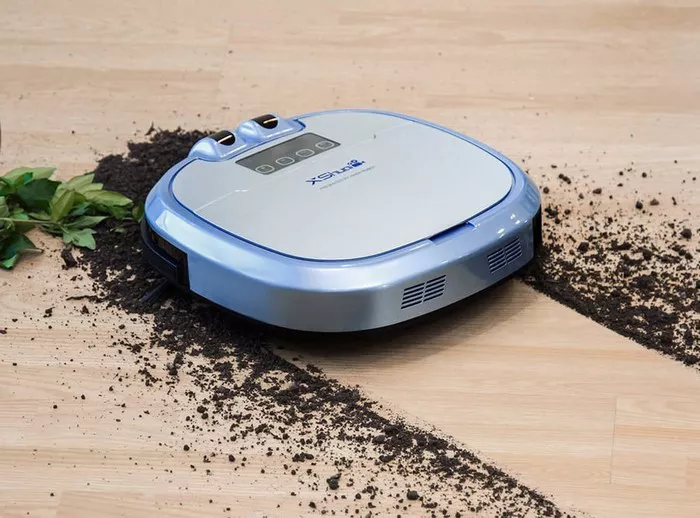Wet dry vacuums, also known as shop vacuums or wet/dry vacs, are powerful cleaning tools designed to handle both wet and dry messes efficiently. Whether it’s clearing up a spilled liquid, vacuuming debris from a construction site, or cleaning up a dusty workshop, these versatile machines are indispensable in various settings. Understanding how wet dry vacuums work can help users maximize their effectiveness and longevity.
1. Principles of Operation
Wet dry vacuums operate on the same basic principles as traditional vacuum cleaners, but with modifications to handle wet substances. The key components include:
Suction Mechanism: A wet dry vacuum utilizes a powerful motor to generate suction force. This force pulls air—and whatever it contains—into the vacuum’s nozzle.
Collection Chamber: Unlike standard vacuums that use disposable bags, wet dry vacuums typically feature a collection chamber or tank made of durable materials such as plastic or stainless steel. This chamber is designed to hold both liquid and solid debris without leakage.
Filtration System: To prevent debris from entering and damaging the vacuum’s motor, wet dry vacuums employ a filtration system. This system usually consists of one or more filters, including foam filters, cloth filters, or pleated paper filters. These filters trap dust and other particles while allowing air to pass through.
2. Handling Wet and Dry Messes
One of the distinguishing features of wet dry vacuums is their ability to handle both wet and dry messes effectively.
Dry Pickup: When vacuuming dry materials such as dust, dirt, or small debris, the vacuum’s suction mechanism pulls these particles into the collection chamber while the filtration system captures them. The dry debris accumulates in the tank until it’s emptied.
Wet Pickup: For wet messes like spilled liquids or water leaks, wet dry vacuums can safely collect the fluid without damaging the internal components. The liquid is drawn into the collection chamber, where it’s stored until the tank is emptied. Some models may include a float mechanism that automatically shuts off the vacuum when the chamber reaches capacity to prevent overflow.
3. Maintenance and Care
Proper maintenance is crucial for ensuring the longevity and performance of a wet dry vacuum.
Filter Cleaning/Replacement: Regularly clean or replace the vacuum’s filters according to the manufacturer’s instructions. Clogged filters can reduce suction power and strain the motor.
Tank Emptying: After each use, empty the collection chamber to prevent odors and bacterial growth. For wet pickups, ensure thorough drying of the tank to prevent mold and mildew.
Check Seals and Hoses: Inspect the vacuum’s seals and hoses for any signs of damage or wear. Leaks can reduce suction efficiency and potentially damage the motor.
Conclusion
Wet dry vacuums are versatile tools designed to handle a wide range of cleaning tasks, from picking up dry debris to removing spilled liquids. By understanding their principles of operation and following proper maintenance practices, users can maximize the performance and lifespan of these essential cleaning devices.
FAQs
Q1: Can wet dry vacuums be used to clean carpets?
A1: Yes, many wet dry vacuums come with attachments specifically designed for carpet cleaning. However, it’s essential to ensure that the vacuum is suitable for both wet and dry use and that the carpet is compatible with wet cleaning methods to avoid damage.
Q2: How do I know when the collection chamber is full during wet pickup?
A2: Most wet dry vacuums come with a transparent collection chamber or a float mechanism that indicates when the chamber is full. Additionally, some models may have a warning light or sound alert to signal when it’s time to empty the tank.
Q3: Can wet dry vacuums handle hazardous materials such as asbestos or lead dust?
A3: While wet dry vacuums are effective at picking up various types of debris, including fine particles, they may not be suitable for handling hazardous materials like asbestos or lead dust. It’s essential to consult with professionals and follow proper safety protocols when dealing with hazardous substances to prevent exposure and contamination.

